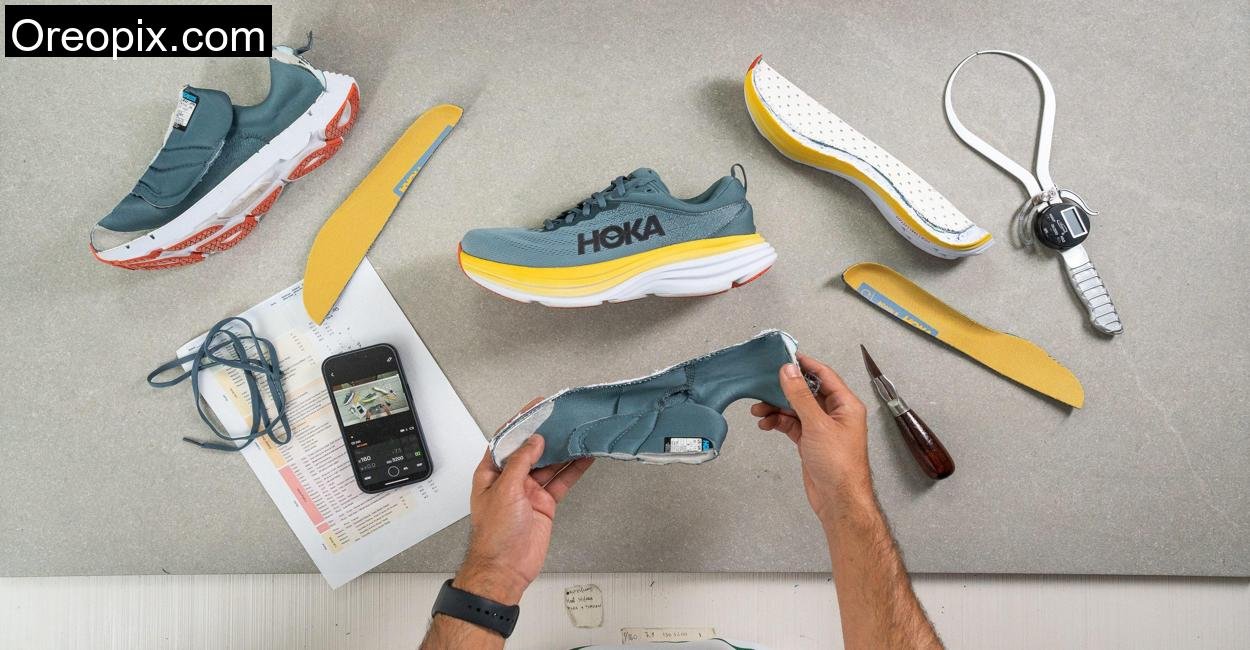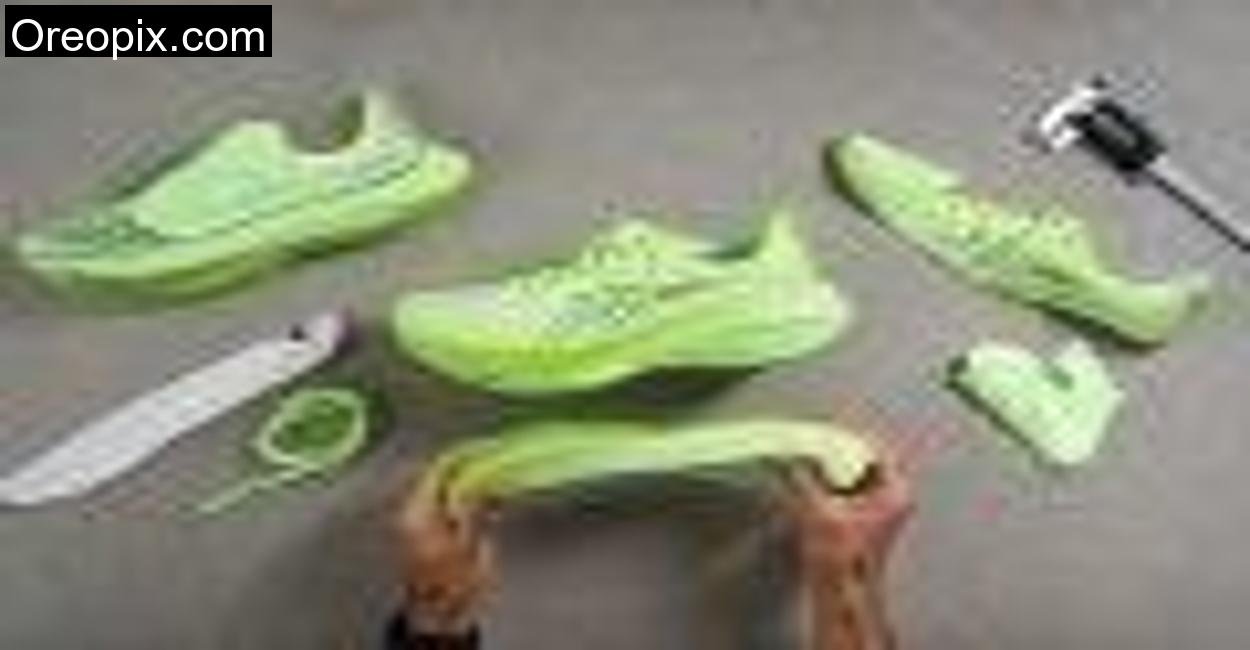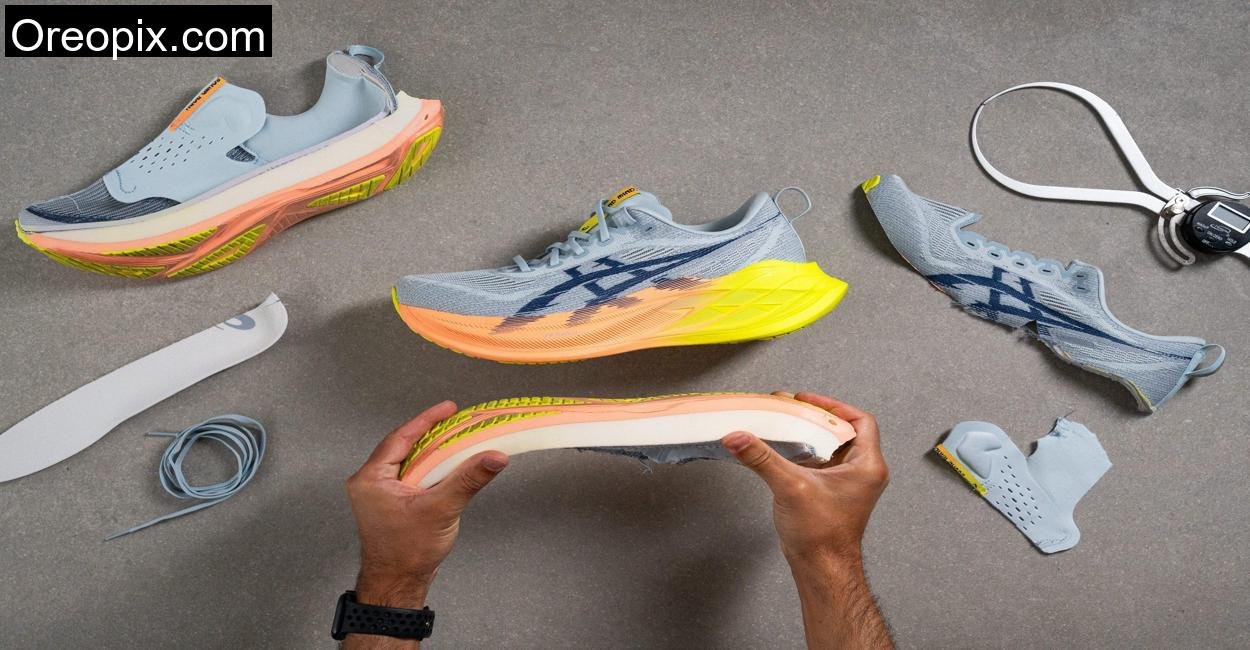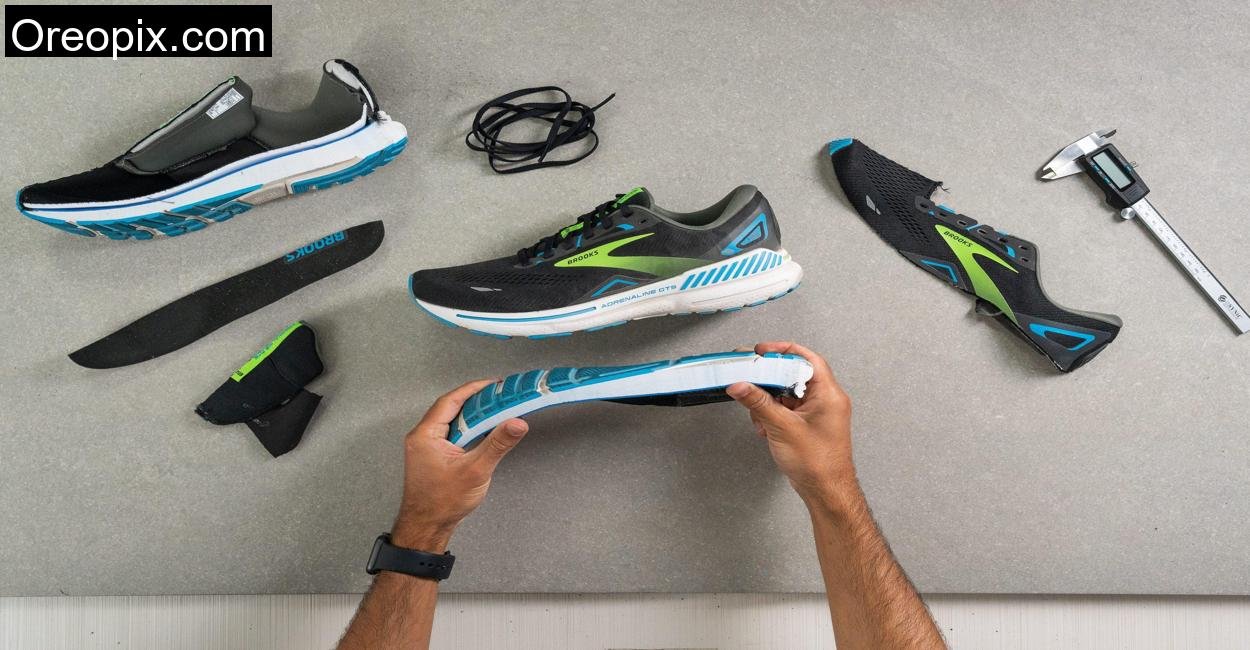The Hoka Bondi 8 has long been known as the plush king of road running shoes, but how does it behave when tested in the rugged yet serene trails of Tadiandamol? Nestled in the Western Ghats of Karnataka, Tadiandamol offers a mix of steep ascents, rolling paths, and forest floors, the perfect real-world testbed for a maximalist shoe built for comfort and stability.
I took the Bondi 8 for a weekend trek and recovery run in this pristine location, and what followed was a true test of its specs, beyond the lab and into the wilderness.
First Impressions
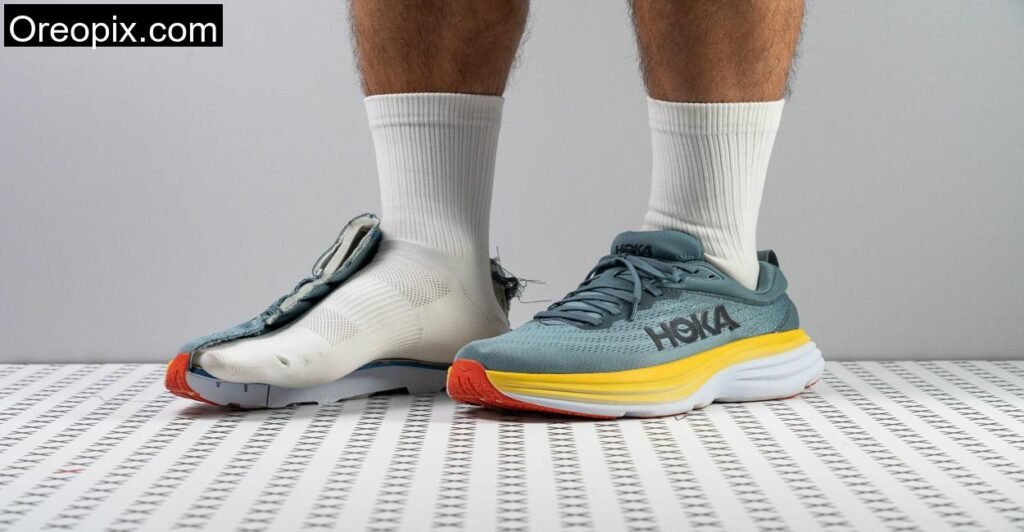
Let’s get this out of the way, the Hoka Bondi 8 is a beast. Not in a clunky way, but in its sheer volume of foam and padding. At 311g (11oz), it’s not light by any means. But when I slipped them on at the base of Tadiandamol at dawn, the comfort was undeniable. The step-in feel was pillowy, almost like walking on a yoga mat.
The engineered mesh upper felt immediately breathable, and the semi-gusseted tongue held my foot snug without any lace pressure. The colorway I wore, the ‘HMLR’ (Harbor Mist/Lunar Rock), blended beautifully with the misty trails of the Coorg hills.
Technical Specifications
To make sure everything is correct, we use technical details straight from Hoka’s official websites.
| Feature | Measurement/Spec | Average | Notes |
|---|---|---|---|
| Weight | 311g (11.0 oz) | 265g | Heavier than average |
| Heel Stack Height | 36.2 mm | 34.3 mm | High cushioning base |
| Forefoot Stack Height | 30.0 mm | 25.7 mm | Plush forefoot |
| Drop (Measured) | 6.2 mm | 8.6 mm | Slightly different from claimed 4 mm |
| Midsole Softness | 18.0 HA | 20.8 HA | 34% softer than average |
| Insole Thickness | 4.9 mm | 4.4 mm | Adds to plush feel |
| Torsional Rigidity | 4/5 | 3.4 | High stability |
| Toebox Width | 69.2 mm | 73.5 mm | Narrow, tapers significantly |
| Midsole Width (Forefoot) | 126.5 mm | 114.2 mm | Very wide platform |
| Midsole Width (Heel) | 100.9 mm | 90.6 mm | Wide and stable base |
| Flexibility | 17.7N | 14.9N | Modestly flexible for a max-cushion shoe |
| Breathability | 3/5 | 3.8 | Moderate airflow |
| Outsole Hardness | 74.0 HC | 79.4 HC | Softer rubber for better landings |
| Outsole Thickness | 3.0 mm | 3.3 mm | Average durability |
The Climb: How It Handled Tadiandamol

By the time we hit the first incline after the forest checkpoint, the Bondi 8’s rocker geometry kicked in. Every stride rolled forward effortlessly. Despite being designed for the road, the Bondi 8’s massive footprint, especially in the forefoot (126.5mm wide!), provided a surprising amount of grip and lateral stability.
The heel counter, rated moderately stiff (3/5), gave me just enough lockdown going uphill. I expected the shoe to feel unstable given its height, but the torsional rigidity (4/5) and wide base kept me upright even on wet stones and mossy patches.
Plushness Redefined: Cushioning in Real Time

Every time my foot landed, especially on downhill sections, the soft 18.0 HA foam absorbed impact like a sponge. Despite a 49% firmness increase in cold (we started before sunrise), it still felt softer than most shoes I’ve worn at room temperature. The midsole was responsive enough to add some rebound but definitely not enough for tempo runs.
I did experience a bit of tightness in the midfoot, and my medium-width feet felt cramped after the 10K descent. That narrow toebox (69.2 mm) is no joke. If you have wide feet, definitely opt for the wide or extra-wide variants.
Breathability and Upper Comfort
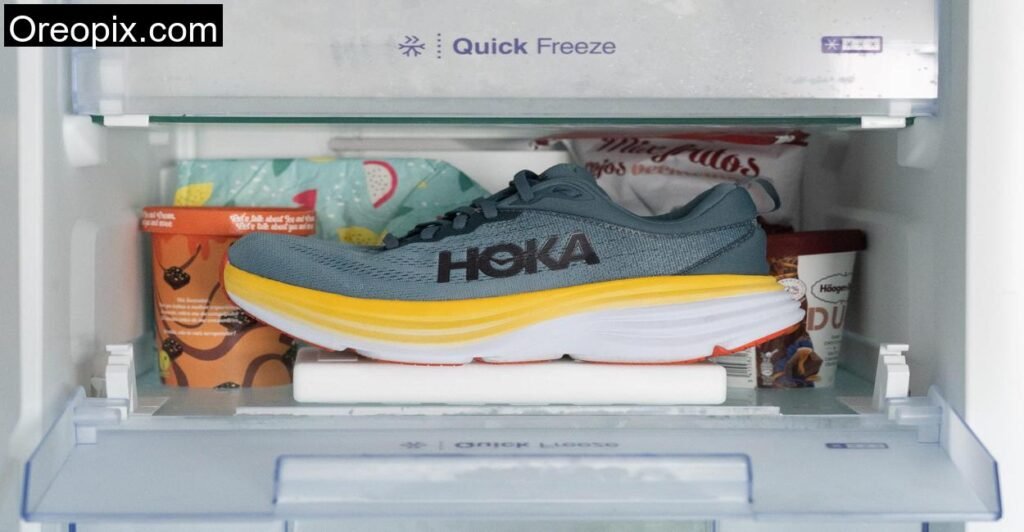
The Bondi 8’s upper impressed me in the moderate Coorg climate, not too hot, not too cold. With a breathability rating of 3/5, my feet stayed cool during the climb and didn’t get soggy with sweat. The engineered mesh and generous padding offered a soft, slipper-like feel.
The 9mm thick tongue did wonders for comfort. No lace pressure, no tongue migration. The semi-gusseted design kept everything in place even during lateral movements.
Durability on the Trail
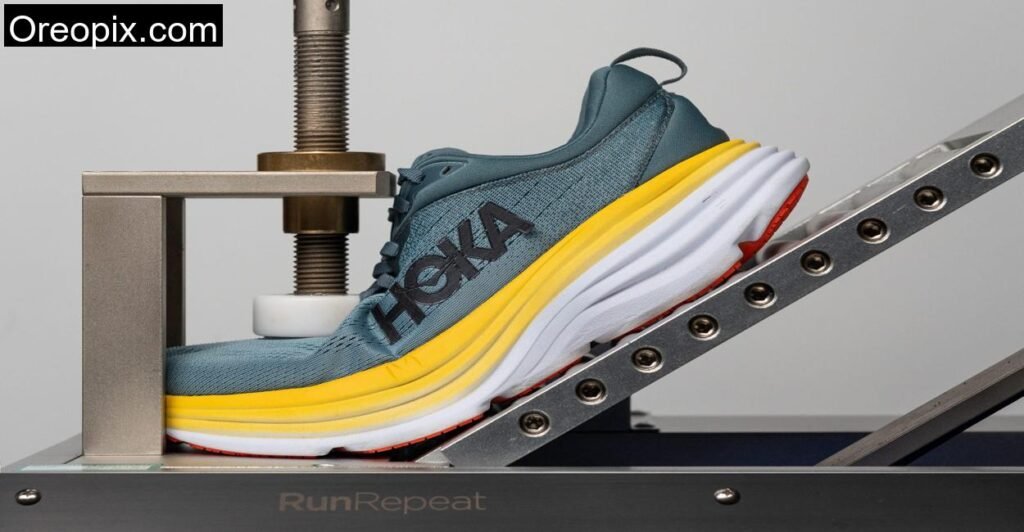
Despite the 74.0 HC softer rubber and exposed foam, the outsole held up beautifully after the 20km trek + recovery run. The 3mm rubber pods at strategic areas helped with grip and didn’t show much wear. I wouldn’t recommend this shoe for technical trail runs, but for light forest paths and gravel, it performed beyond expectations.
Stability: A Sleeper Feature
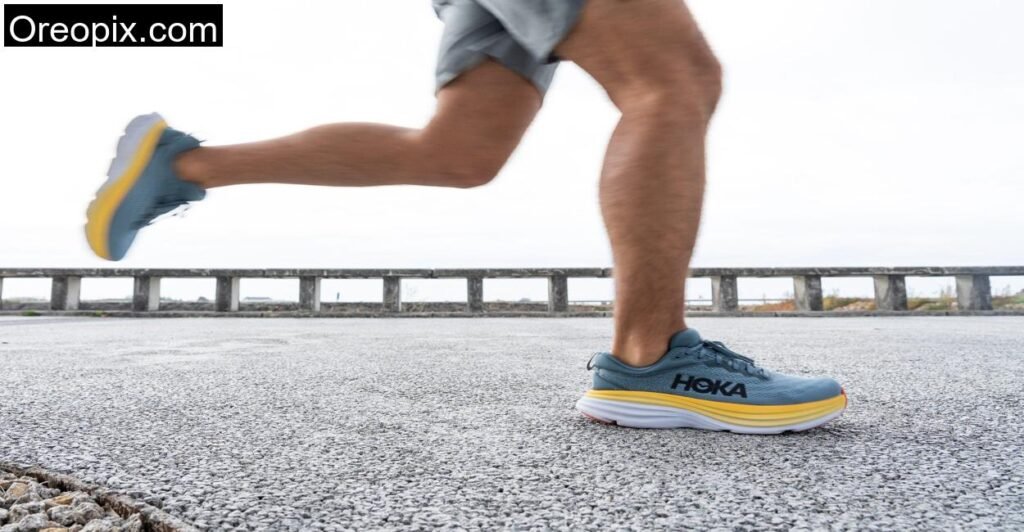
Despite its softness, the Bondi 8 felt incredibly stable. The wide midsole, stiff torsional support, and structured heel counter all played a role. I never felt like I was going to roll an ankle, even when sidestepping roots and rocks.
This is rare for a shoe with such a high stack, 36.2 mm in the heel and 30 mm in the forefoot. The Bondi 8 is a masterclass in how to make a maximalist shoe feel secure.
Real-World Downsides
- The weight is noticeable. At 311g, it’s not a shoe you’ll forget is on your foot.
- The narrow toebox and midfoot can be uncomfortable after extended wear.
- Not versatile for speedwork or agility-based runs.
Best Use Cases
- Recovery runs
- Walking and long hours on foot
- Light hiking or nature walks
- All-day wear for people who prioritize cushioning
Conclusion: A Cloud Beneath Your Feet
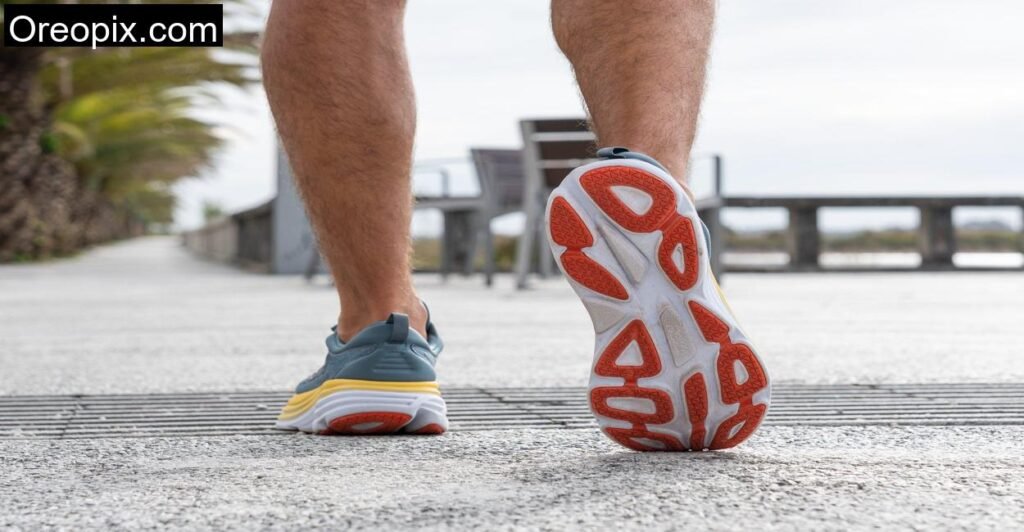
The Hoka Bondi 8 is like a luxury mattress strapped to your feet. It’s not for PR chasers or trail warriors, but if you crave comfort, stability, and a plush ride, it delivers in spades. Tadiandamol tested its limits, from rocky ascents to humid descents, and it came through with flying colors (and clean socks).
Would I take it back to Tadiandamol? For a slow, scenic trek or a recovery jaunt, absolutely. For anything else, I’d bring a lighter, more agile shoe. But for what it promises, max comfort and stability, the Bondi 8 is the real deal.
Is the Hoka Bondi 8 good for trails?
Not really. It can handle light trails or forest paths like Tadiandamol’s but is not designed for technical or muddy terrains.
Is the Hoka Bondi 8 better than the Bondi 7?
Yes. The added rocker, softer foam, and improved bounce make it a more enjoyable ride.
Can wide feet wear the Hoka Bondi 8?
Only if you go for the wide or extra-wide sizes. The standard version is very narrow.
